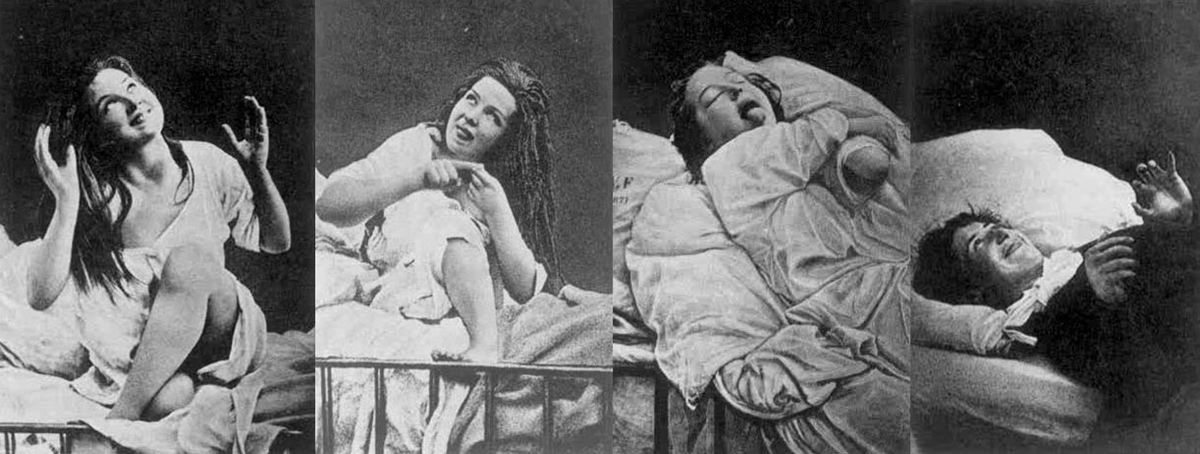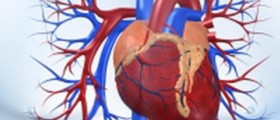
Acute intermittent porphyria is a rare disorder characterized by defects in heme metabolism. This is only one type of the porphyrias. Patients develop all the symptoms and signs of the condition (as well as complications) due to excessive secretion of porphyrin and porphyrin precursors, products of heme metabolism.
How does the Condition Develop?
Acute intermittent porphyria belongs to genetic disorders. It is transmitted in an autosomal dominant manner. The child receives the defective gene that dose not allow the body to produce the enzyme porphobilinogen of adequate structure. The enzyme is essential for conversion of porphobilinogen to hydroxymethylbilane. As a result porphobilinogen and amio-levulinic acid - ALA (both porphyrin precursors) accumulate in the body. The build-up of these substances is closely related to a variety of symptoms and signs associated with damage to peripheral and autonomic nervous system. Psychiatric manifestations may also occur.
Even though there is evident build-up of porphobilinogen and ALA, the actual mechanism of how this affects the nervous system has not been fully understood yet. It may also happen that an individual has the genetic defect and accompanying excessive porphyrin secretions but he/she does not actually develop symptoms of the disease.
If there are symptoms and signs of acute intermittent porphyria, they develop between the age of 18 and 40.
Acute Intermittent Porphyria Clinical Characteristics
The attacks that typically affect people suffering from acute intermittent porphyria include abdominal pain, psychiatric symptoms (e.g. hysteria) and symptoms of peripheral neuropathy (predominantly motor neuropathy). The abdominal pain is rather severe. It lingers for a week. Sometimes patients complain about diffuse pain that is particularly located in the upper part of the body.
There are no symptoms and signs of the disease between the attacks. Furthermore, there are no skin changes that develop in other types of the disease.
Neurovisceral symptoms are basically associated with autonomic neuropathies. In such case one may develop constipation, colicky abdominal pain, vomiting and hypertension. Peripheral neuropathy, seizures, delirium and coma may also develop in the course of the disease. Finally, one might end up with a variety of psychiatric symptoms.Acute Intermittent Porphyria Triggers
The condition is triggered by chemicals and all the factors that actually stimulate and boost heme synthesis. Fasting and certain medications are capable of initiating such synthesis and are, therefore, often blamed for the attacks.
Medications that increase activity of the hepatic P450 system (e.g. Phenobarbital, sulfonamides, estrogen etc.) are common triggers of acute intermittent porphyria.

















Your thoughts on this
Loading...